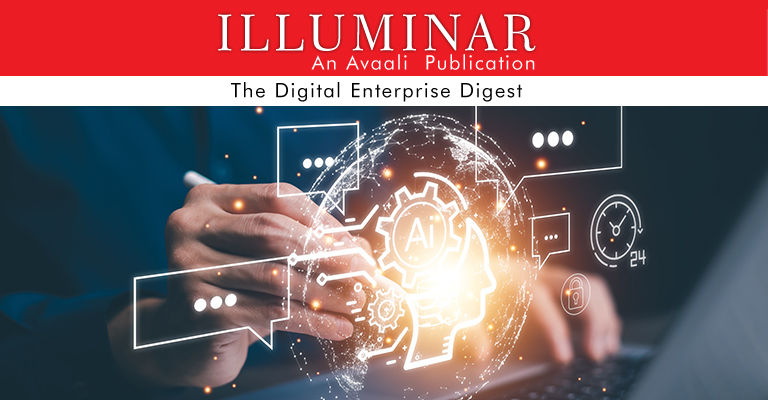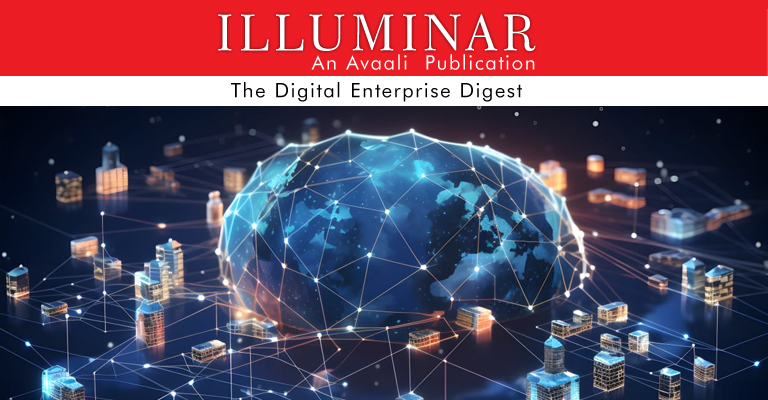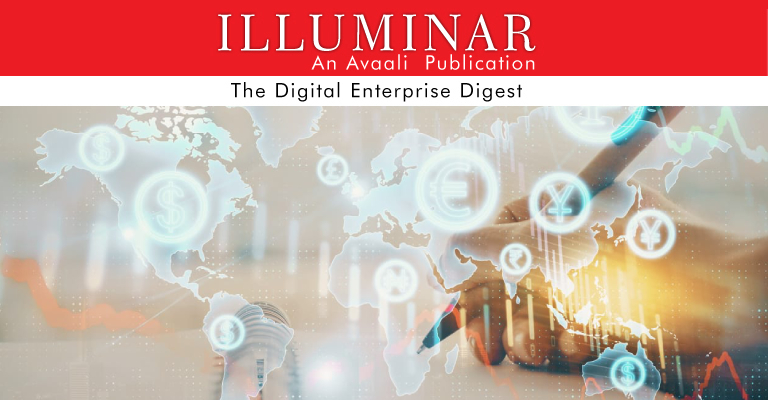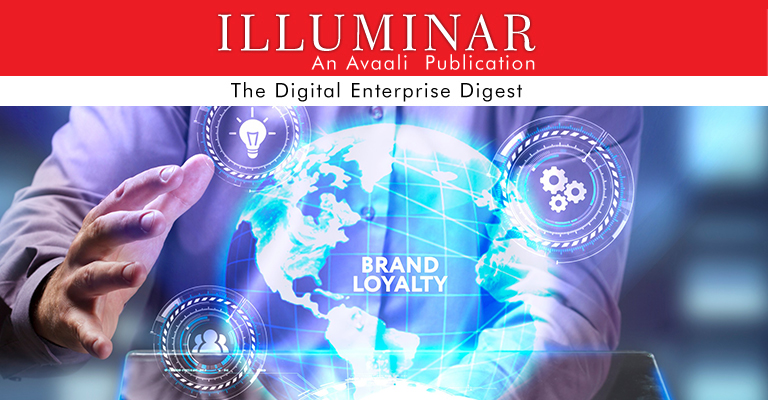INTERVIEW OF THE MONTH

Interview with Mr. Sankarson Banerjee,
CTO – Projects, National Stock Exchange of India Limited (NSE)
1. In your view, how will AI change the face and structure of enterprises in the next five years?
I think AI will have the following effects on enterprises:
A. Many routine tasks will get automated. It is possible to automate them today also, but the main effort is in writing the automation scripts and all possible scenarios, which is huge. AI can learn the steps on its own, and generate the required code. This should lead to a huge boost in automation where today humans do many activities. Many montoring, checking and routine helpdesk activities can potentially be automated.
B. Customer service interfaces will undergo a dramatic change. Today’s interfaces are either human to human, or when human to computer very limited and structured (think phone IVR menus). AI is becoming both speech and context aware, and this will eventually allow for dramatic cost reductions and service level increases in customer service. It will also allow companies to embed customer service where it was difficult to access otherwise, such as at an ATM or in the middle of a morning jog, for instance. Also, by eliminating the possibility of bad actors (AI is not going to steal your identity) service interactions can be faster and safer, even as companies reduce compliance costs. Some companies have already implemented preliminary versions of this – Apple, DBS Bank, etc
C. Analytics will become a much bigger tool. The challenge analytics has always been that it is only as good as the models powering it. Data scientists creating new models were hard to get, and empirical models are difficult to program. AI can make the task of spotting patterns in noise (empirical models) much easier, allowing for a much greater use of analytics. The industries most likely to benefit are healthcare (AI assisted diagnostics) and financial services (robo-advisory).
While driverless cars are another very promising area of AI, I feel its more than five years away for enterprises. This is one area where regulations and other external factors will make a huge impact in slowing rollout.
2. What technologies in this space will emerge clear winners as a result of the value they drive to enterprises?
Clear winners are always hard to predict. However, some technologies are indeed emerging.
- Intelligent, interactive bots
- Deep pattern recognition
- Deep learning algos
- Robo advisory
- Healthcare diagnostics
3. What are the consequences of AI on economic growth rate and workforce?
AI will lead to worker displacement similar to the way that manufacturing workers were displaced by machines. Many workers on routine jobs, such as call centers or helpdesks, can expect to be displaced. Frontline technicians doing routine diagnostics can also expect a level of displacement. Some programming jobs will also be at risk, as machines learn to program themselves.
AI wil still be a long way off from being substantially as intelligent as a human, so in the next five years the displacement is not likely to be large. However, most skill (rather than judgement) based jobs should be considered under threat. Skills can be learned, judgement is currently well outside the purview of AI.
4. In your view, how should enterprises plan their AI roadmap? Can you share some good practices on how they should construct the building blocks?
Today, AI is in the middle of the hype part of the hype cycle, where a potential technology is substantial, but still more promise than delivery. Enterprises should immediately invest in explorations of how the different flavours of AI can potentially disrupt their business. They should start evaluating the various current choices and participating in discussions on shaping new ones.
The second building block is to start isolating the parts of the workflow that require judgement, and those that are routine. Constructing this correctly will allow large blocks to be farmed to AI. Getting it wrong will mean that a small requirement of judgement will hold up a much larger transformation. When Internet first started changing enterprises, for instance, many companies did not move at all because the parts that were not suitable for the web could not be isolated from the parts that were.
The third building block is organizational consensus. AI is not a technology project. Organizations where business leaders absorb the understanding of the mechanics (and limitations) of AI are far more likely to transform themselves. This has to start immediately.














